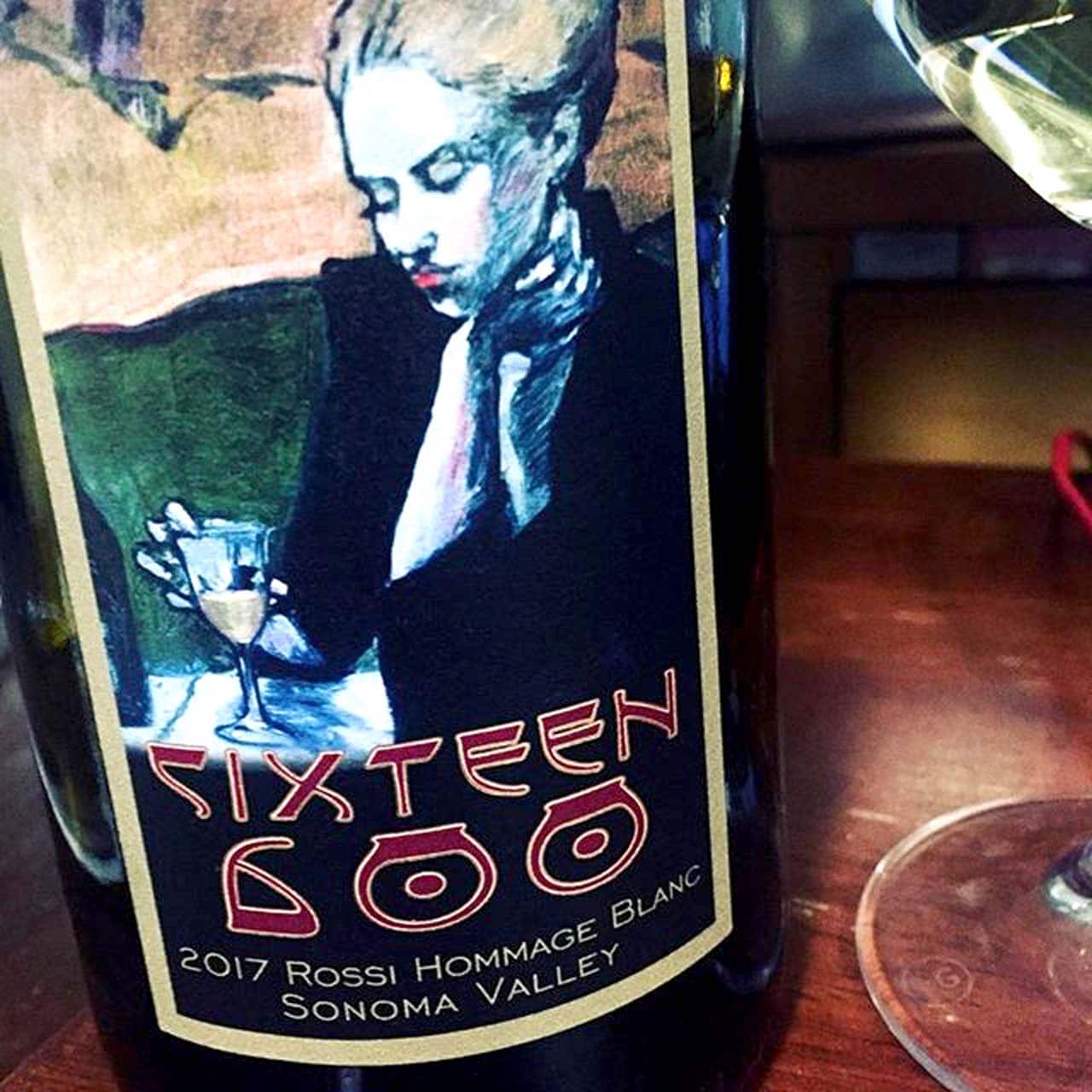THE CHEF/OWNER OF BUSHWICK’S FARO, ON LIVING THE DREAM OF MAKING PASTA A PROFESSION
BY KEVIN ADEY
Looking back, it makes sense how I became known for our fresh pasta at Faro, but it wasn’t a type of food uppermost in my mind when I began as a young chef.
Because cooking is a complex craft, the first part of a career is apprenticeship. A professional kitchen is set up like a brigade system, with various stations; you start at the bottom on cold stations and work your way up to hot, perhaps doing some pastry along the way. You basically are a journeyman or woman in the process honing in on whom you want to work for and which skills you want to best develop.

At that time, my path was about greatness and working for someone I had respect for, so I went to Le Bernardin in Manhattan. It is an extremely busy restaurant; things are on fire all day long, literally. People were frantic and yelling. After a few months, they put me in a room to make pasta by hand. Nothing was on fire and no one was screaming. Suddenly, I got to make beautifulness in an environment that was the opposite of every previous day’s.
Making pasta at home with family is one of my earliest childhood memories, but, until that small room moment, I’d never thought producing it was something you could actually do all the time. I decided then that one day I would practice that art in my own place, and that’s how Faro eventually came to be.
We make all of our varieties fresh and in house every day (even the gluten free types), and mill the grains, too, which come from a farm upstate the freshest possible raw ingredients to work with. I like to make different shapes, often lesser known or downright obscure, many with hard to pronounce names like culurgiones, corzetti, fazzoletti, or scarpinocc. One of my favorites, bucatini (thickish and spaghetti like, with a hole running through the center), is the star of this, one of my favorite spring dishes.
BUCATINI WITH CHICKEN CONFIT, ALPINE CHEESE, CHILI, AND BASIL

INGREDIENTS For the Chicken Confit
(makes about six servings):
1 chicken, approximately three pounds, quartered
Salt and pepper, to taste Thyme, to taste
Duck fat
For the Pasta (per serving):
1 tablespoon olive oil
2 garlic cloves, sliced
½ shallot, sliced
¼ teaspoon chili flakes
2 ounces dry white wine
3 ounces chicken confit
3 ounces chicken stock, plus additional to taste
2 basil leaves, chiffonade cut
¼ pound bucatini Hawthorn Valley Alpine cheese (or pecorino), grated, to taste
PREPARATION For the Chicken Confit:
Season the quartered chicken with salt, pepper, and thyme. Place on a resting rack and let cure overnight. The next day, preheat an oven to 300˚F. Rinse and dry chicken and place it in a shallow roasting pan. Cover chicken with the warmed duck fat and place pan in oven for approximately 2½ hours, or until meltingly tender. Once cooked, remove chicken from the duck fat, pick out the meat, and reserve.
FOR THE PASTA:
Add water for cooking the pasta to a stockpot and season with salt. Place over a high flame and bring to a boil.
In a sauté pan, add the olive oil, garlic, and shallots and turn on the burner to medium. When the garlic starts to lightly sizzle, add the chili flakes and continue to cook. When the aromatics are cooked but not colored, deglaze the pan with the wine and reduce it by half. Add the chicken stock, three ounces of chicken confit, and basil.
When the water is boiling, add the bucatini and boil until it’s cooked about 70%. Drain pasta and add to the sauté pan. Turn heat to high, add the grated cheese, and toss together until the pasta is cooked to your liking, adding more chicken stock or pasta water, if needed. Adjust seasoning and serve. Finish with a splash of extra virgin olive oil and extra cheese if you like.
The finished dish should have a small amount of spicy, cheesy, and slightly winey basil broth in the bottom of the bowl.
WINE PAIRING 2017 ROSSI HOMMAGE BLANC FROM WINERY SIXTEEN 600
(by Faro Wine Director, Siobhan Spencer)
This is a great producer in Sonoma Valley, which has been growing and produc ing organic since the 1970s. Winery Sixteen 600 was originally planted to Zinfandel, but the Rhone white grapes they grow are equally noteworthy and food friendly. Yields are kept low, and vines are handworked and watered minimally. This blend of the Rhone varietals Roussanne and Viognier provides a full bodied and structured wine, while also having good acidity and minerality to balance out the spice.

Faro
436 Jefferson Street / 718.381.8201 /
farobk.com


